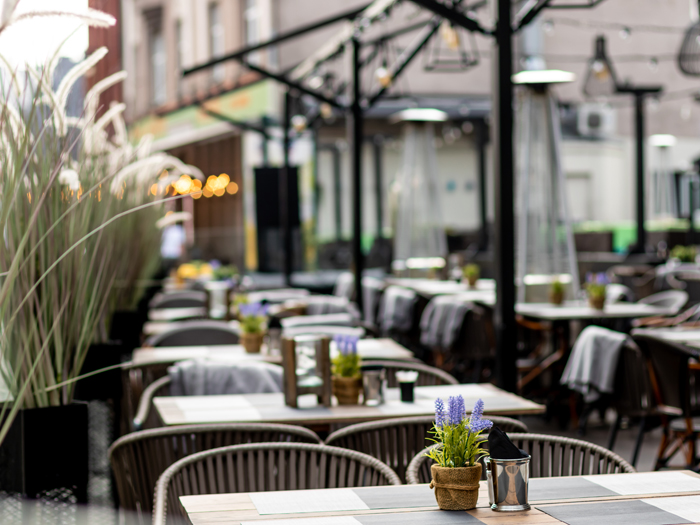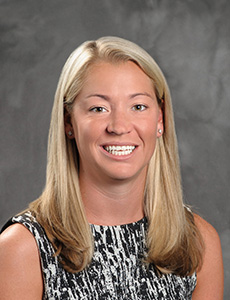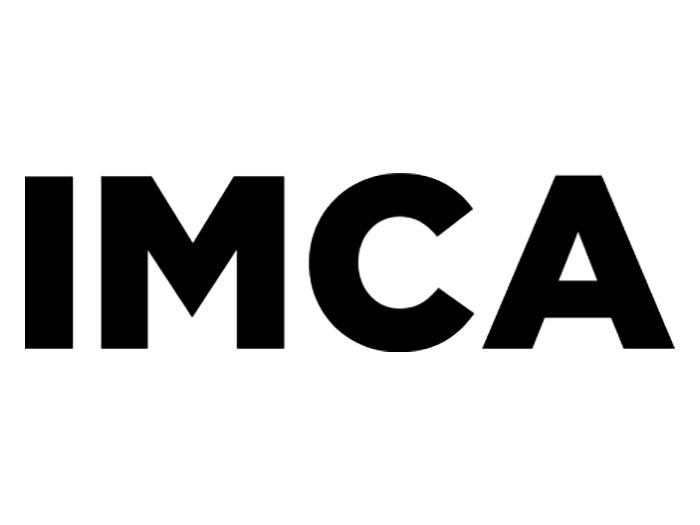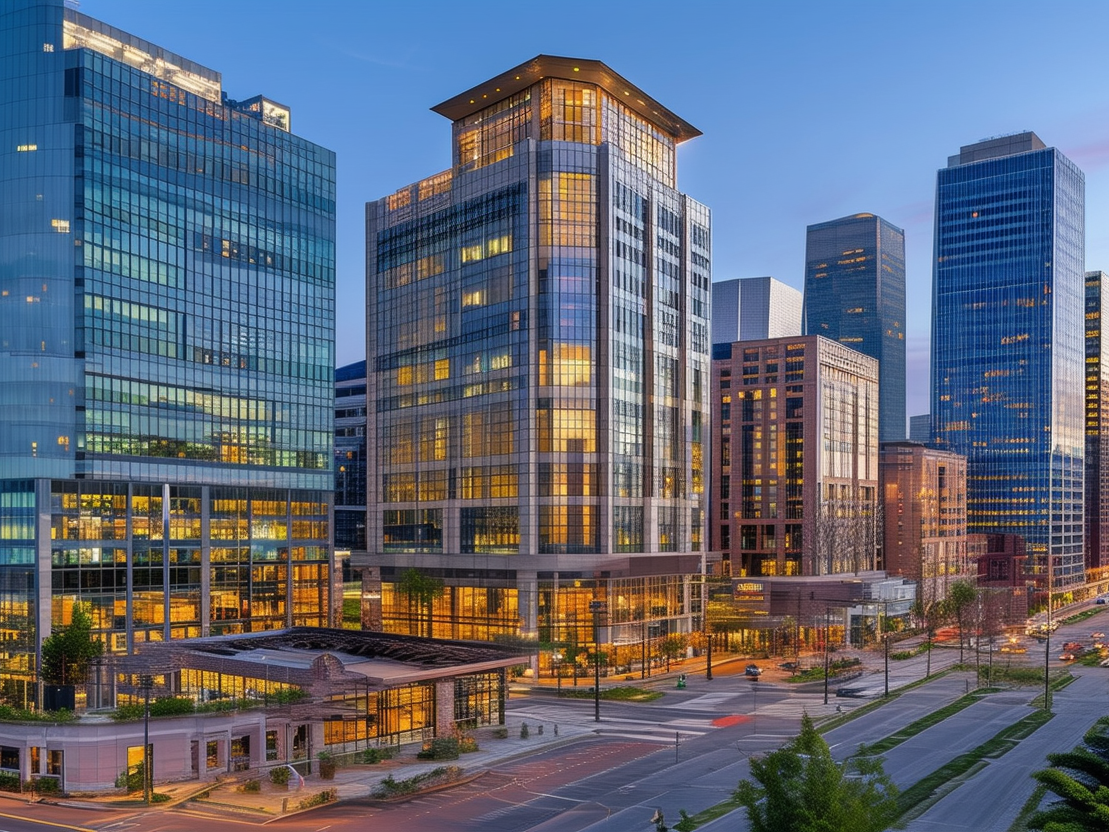COVID Radically Altered Restaurant Patrons’ Behavior — Has Risk Management Kept Up?

Marsh’s recently released 2022 Restaurant Risk Management Survey delves into the risks and trends affecting the restaurant industry.
Perhaps no industry has been more deeply challenged by the global pandemic than restaurants and bars. After a tumultuous few years, the industry continues to see new risks and challenges arise.
The comprehensive survey includes responses from 45 restaurant companies representing more than 75 brands in over 50,000 locations. Key findings centered on how dining and delivery habits continue to evolve, changes to third-party claims resulting from delivery services, the expanding use of specialty coverages, and overdue safety and risk assessments.
Consumer Dining and Delivery Preferences Evolve
Consumer preferences evolve over time — and during the pandemic, those preferences changed quickly.
At first, lockdowns meant people couldn’t dine out, but even as those restrictions eased, many people felt more comfortable staying home and ordering takeout. The survey found restaurants are devoting more space for to-go orders and less real estate to the dining-in experience. More third-party delivery drivers meant fewer delivery drivers employed directly by restaurants. And most restaurants are now offering delivery options from some or all of their locations.
Kristi Whistle, ARM, managing director, Restaurant Center of Excellence Leader at Marsh Inc. and one of the study’s authors, described how consumer preferences have evolved since the start of the pandemic: “One of the biggest changes we’ve seen is around the prototypical restaurant. Brands are redesigning restaurants to meet changing consumer demands. Nearly 75% of respondents reported making changes to their restaurants due to the decreased demand for on-site dining. Brands no longer need as big a footprint in their dining room, so they can make more kitchen, drive-through or storage space.”
But these changes in the way a restaurant uses its space and employees can also change the types of losses the business experiences.
Spikes in Third-Party Delivery Services, Claims
Many respondents noted that they have multiple delivery services on site to cater to their customers. This has caused a decrease in the reported use of employee-owned vehicles to deliver orders. But the spike in third-party delivery services also means more outside drivers on the premises. The report found a significant increase in liability claims arising from third-party delivery drivers — from 20% of respondents reporting these losses in 2020 to 45% in 2022.
Claims from the oversaturation of third-party delivery drivers at restaurants can arise in many different ways, ranging from fender benders and other parking lot accidents to slip and falls from drivers rushing into the restaurant to pick up orders. In our gig economy world where speed is rewarded and drivers are forced to use their mobile phones to compete for orders, accidents are bound to happen.
“Shifting the way we design restaurants leads to insurance considerations, and we need to ensure restaurants are adequately protected for property, workers’ compensation and liability risks,” Whistle said. “Having more employees outside in the drive-through or bringing out orders, for example, can lead to workers’ compensation claims, while more third-party delivery drivers on site can increase slip and falls.”
Need for Specialty Coverages Grows
Unsurprisingly, 97% of respondents reported purchasing cyber coverage, a slight increase from the 90% of affirmative responses in 2020. Sixty-two percent of respondents reported purchasing product contamination coverage, and 11% purchased a separate reputational risk policy. Franchise owners purchased more franchise errors and omissions coverage in 2022; 46% purchased the coverage this year, compared with 33% in 2020.
Another specialty coverage gaining popularity among restaurant owners is active assailant coverage. An increasing number of respondents are conducting active assailant training at their locations in addition to purchasing the coverage. But 45% of respondents reported they still needed to finalize their active shooter policy, about the same result as reported in the 2020 survey.
It’s not just active assailant training, either. The restaurant industry is providing more overall risk management training designed to keep employees safer at work. “Many risk managers are looking to refocus on keeping their employees and guests safe,” Whistle noted.
She elaborated on the need for targeted training designed specifically for individual employees: “This is increasingly important as claim trends are showing targeted training for specific age demographics may be necessary. Younger workers are sustaining more cut injuries, while older workers continue to have more slip and falls. During the pandemic, much of the training may have been virtual or online, but now is the time for live and in-person training and hazard assessments.”
Safety and Risk Assessments Overdue
One potentially concerning finding from the study involved formal hazard assessments. A formal hazard assessment of risks and exposures considers factors such as ergonomics, material handling, cut or burn exposure, slip-and-fall risk and other restaurant risk exposures. Forty-nine percent of survey respondents this year reported not having performed a formal hazard assessment in the past two years. And of those who confirmed performing a formal hazard assessment recently, only 17% had done so at all of their locations.
This represented a marked decrease since the last survey, performed in 2020, where 77% of respondents reported that they had performed a formal hazard assessment in the previous two years. Part of the challenge for restaurants has been a lack of resources to perform these safety and risk assessments. During the pandemic, outside consultants were unable to travel or enter businesses to perform assessments. And once lockdowns were lifted, many businesses had other things to focus on before conducting a risk assessment.
Whistle explained, “The focus has been shifted elsewhere for the past two years, and doing formal hazard assessments was not a priority during the pandemic and resulting shutdowns. Often, restaurants rely on third-party consultants to do these risk assessments, but they could not during the pandemic.”
The restaurant industry remains dynamic, with new and emerging exposures to manage. As the risks continue to evolve, so too will the insurance products protecting restaurants and owners. Some changes, like the increase in delivery and takeaway orders, seem to be here to stay, so it is up to the industry to find new ways to manage these evolving risks. &











